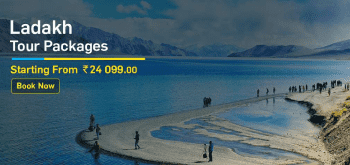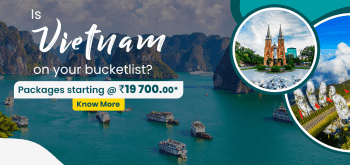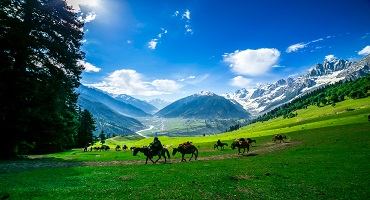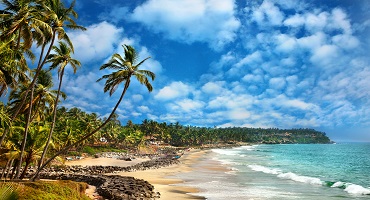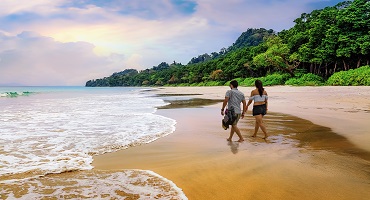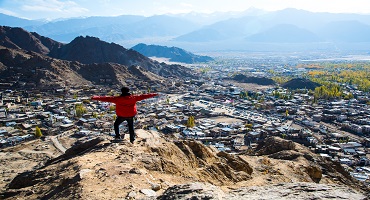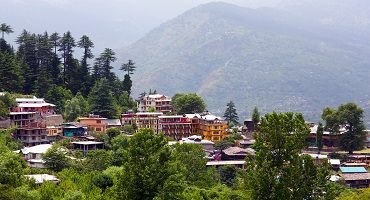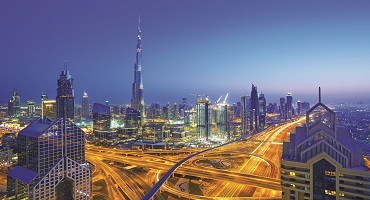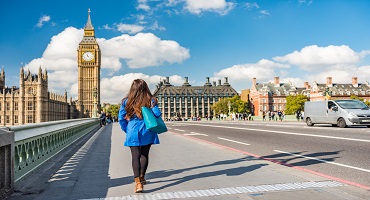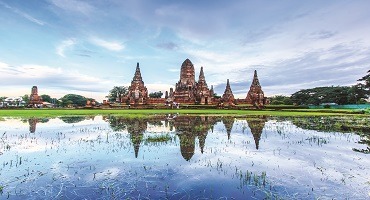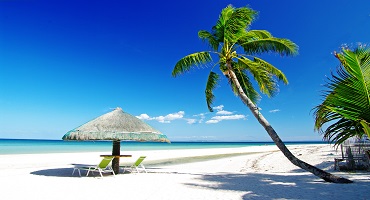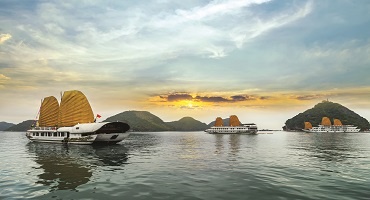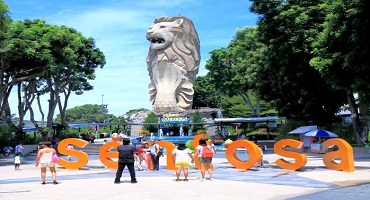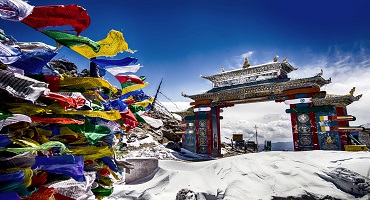Nagaland – Wild-wild East.
Native Nagaland. Where Christianity reigns, but spirituality prevails. Where tribes of a bygone age still remain prevalent. Where royalty reigns proudly. Where unique rituals are juxtaposed with gleeful celebrations. Where the world’s most spicy chilli can be found. Nagaland is one of the last places in Asia that has stayed true to the old way of living. Cultured, yet primal. Free, yet inhabited. This ethnic state is a wonderous place to traverse.
| Nagaland: A Quick View of the state |
| Capital |
Kohima |
| Official Language |
English |
| Dial Code |
0370 |
| Population |
3.2052 million (as of 2018) |
| Currency |
Indian Rupee (INR) |
| Time Zone |
UTC+05:30 (IST) |
| Area |
16,579 square km |
Highlights of Nagaland: Headliners
Festivals
The biggest, brightest, and most profound festival in Nagaland is undoubtedly the Hornbill Festival. Tribes from all over the state attend whilst in their exquisite finery. The 1st to 10th of December is devoted to creating unity amongst these diverse tribes. But more importantly, it is a tourist phenomenon. Don’t miss the opportunity to witness some exciting activities such as the Naga chilli eating championship, and Miss Nagaland contest.
Sekrenyi, also known as the purification festival, first came into being as a pre-war sanctification ritual. It consists of the most fascinating, bizarre and unique practices. For instance, the liver of a chicken along with some wine is made as an offering to give men strength to tackle their enemies.
Markets & Cuisine
Naga Keeda Bazaar offers visitors a glimpse into meats, veggies, and creepy crawlies too - silk worm larvae, tadpoles and honeycombs! However, if this doesn’t suit your palate, not to worry because we’re about to introduce you to some delicious eateries that you can visit.
Ethnic Table, in Dimapur, serves authentic Naga cuisine made with indigenous ingredients. Each dish celebrates the love of life, the hills, and deep-rooted traditions. We recommend the pork ribs cooked in a Khamieti (local black pepper) sauce. It is gooey, succulent, and blessed with crispy skin.
A rooftop café in the heart of Kohima - Dream Café is an artsy hub with a generous menu. If not for the delicious coffees and mocktails head over for the trippy décor and gorgeous views. Here, you must try the lazy chicken stew, or fried dumplings.
History & Heritage
For 360-degree insight into Nagaland history and culture visit Kohima State Museum. Amongst the many objects of great significance is a rare collection of precious stones that include cornelian, tourmaline, and coral. You can even marvel at the ceremonial attire of Naga tribes, along with their musical instruments.
Kohima’s War Memorial Museum shelters an impressive collection of guns, pots-pans, artillery, and uniforms. Each item dates back to the battle between the Japanese and British during the second World War. Its War Cemetery is home to more than 1400 terraced graves of British and Indian soldiers who fought in one of the most savage battles against the Japanese.
Naga Heritage Village was built to preserve and protect all ethnic cultural heritages. This colourful and cheery complex consists of a cluster of 16 houses, each representative of a single tribe. Also know as a Morung, these youth dormitories are as unique as the tribes themselves. The vibrant Hornbill festival is celebrated here.
Interesting facts about Nagaland: Did you know?
- Although the people of Nagaland are primarily agriculturists, they enjoy eating meat. They even eat dog meat, which is an age-old practice.
- Nagas central market in Kohima sells Tadpoles and Bullfrogs for consumption.
- Nagaland has been declared the falcon capital of the world. These fascinating birds pass through the state while journeying to South Africa.
- Nagas are extremely superstitious people. Despite the high literacy rate, they rely on their spiritual instincts.
- The predominant religion in Nagaland is Christianity - 90% of Nagas are born Christian.
- Till the early 20th century, tribes in Nagaland practiced Head Hunting (collecting the heads of dead enemies as trophies).
Location: A snapshot.
Nagaland is situated in north east India. It is bordered by Arunachal Pradesh in the north, Manipur in the south, Myanmar in the east, and Assam in the west.
Click here to view Nagaland on Google Map
Timings: Best time to visit
Nagaland’s climate can be described as comfortable for most part of the year. Summers range from 16 to 31 degrees, while winters fluctuate from 4 to 24 degrees. Although the summers here are cooler than any other part of India, winter is still the most ideal season to visit. Monsoons should be avoided as much as possible due to high levels of humidity, landslides, and road blockages.
How to get to Nagaland: Aur revoir!
By Road – The Nagaland State Transport Corporation consists of regular bus services from Dimapur and Kohima, to Guwahati. With several national and state highways, Nagaland is easily accessible by all major parts of the country. As such, you may opt for a bus, private vehicle, or taxi, as per your convenience.
By Rail – Dimapur Railway station is the only station in the state, approachable via Assam. Don’t fret though. There are direct trains, to and from Assam, from all parts of the nation.
By Air – Dimapur Airport is the only airport in Nagaland. It offers domestic flights via Air India, and Indigo. For international flights, you will have to avail of Bordoloi International Airport in Guwahati or Netaji Subhas Chandra Bose International Airport in Kolkata.
History: Time travel
Nagaland’s ancient history is somewhat ambiguous as several tribes migrated at different times, establishing their own villages and mountain terrains. These early settlers could have been from Mongolia, China, or South East Asia. What can be traced back is the fact that the Burmese invaded this region and came to be known as ‘Naga’.
The 19th century witnessed the arrival of the British, which marks the colonial period. This was followed by World War II, Nagaland rebellions to gain independence, and India’s own independence. It was finally in 1960 that Nagaland became full-fledged state in Union India.
Have these facts made you just a little curious to experience what Nagaland is all about?
We’ve put together a list of exciting places for you to visit!


